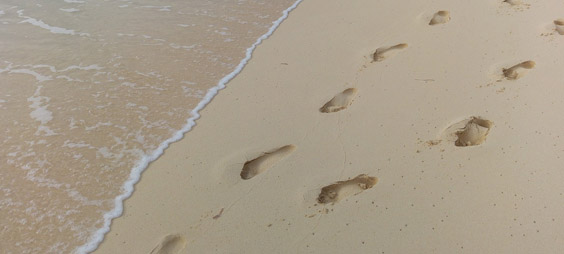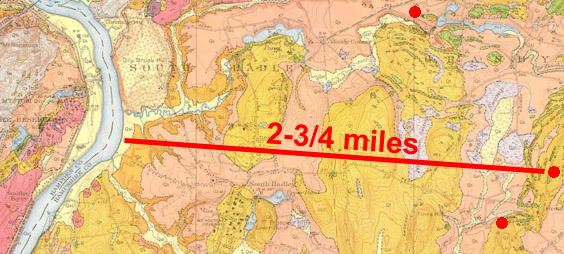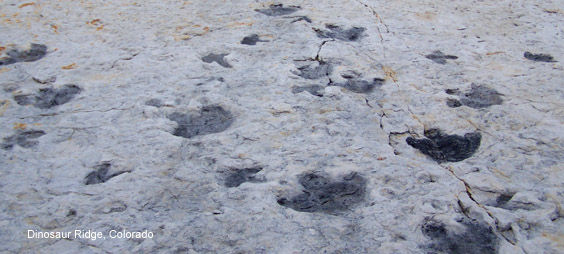Fossil Footprints:
The way to find out how something happened is to examine the evidence, all the evidence, WITHOUT assuming a conclusion. When we do that what we'll find is that the only conditions that could result in dinosaur footprints being preserved as fossils were those that would result from a global flood as described in the Bible.



